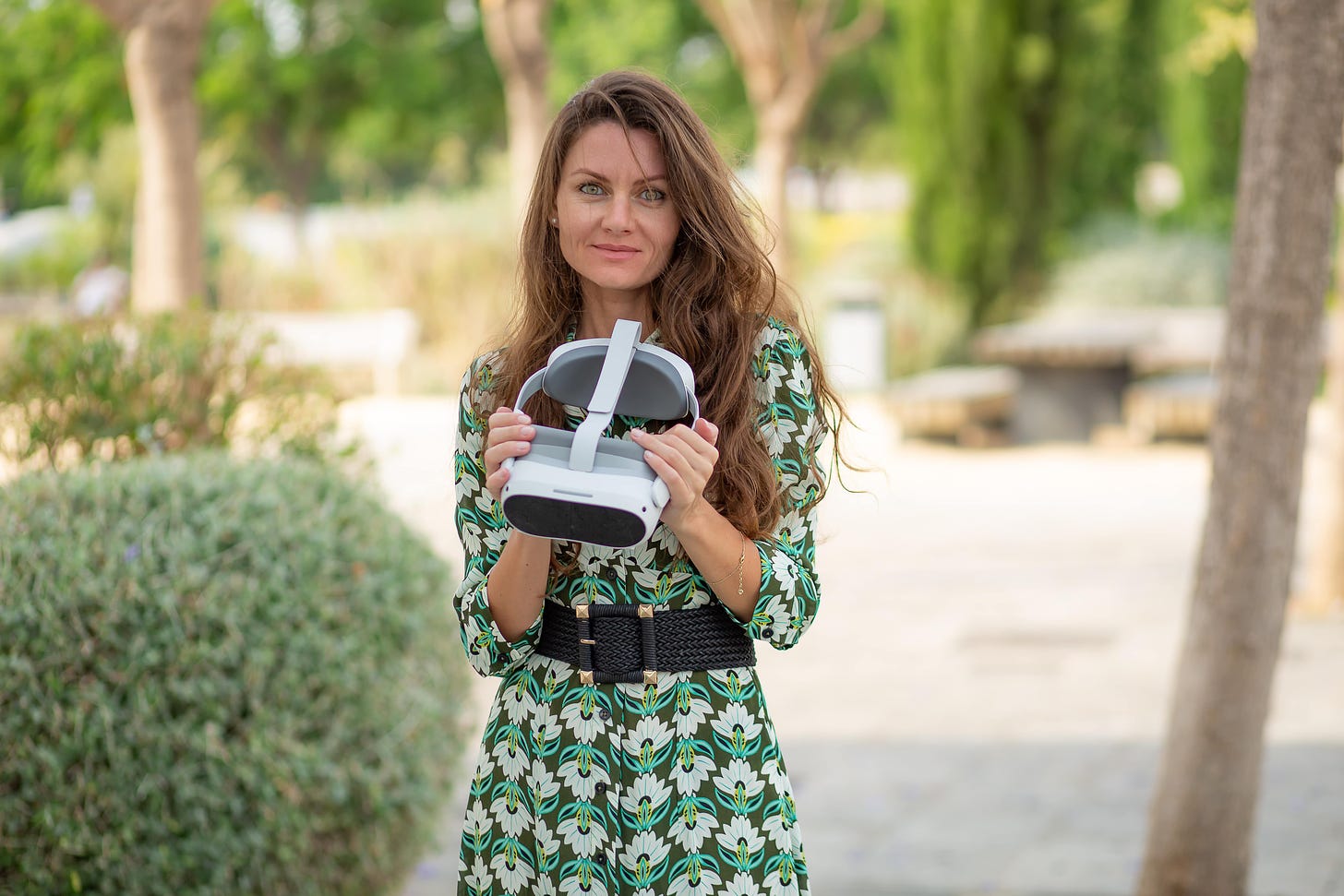Reinventing Loyalty with Web3.0 tech: Irina Karagyaur Invites Museums to Participate
As part of BQ9’s partnership with Culture For Causes Network, CEO Irina Karagyaur shares insights about herself, her projects, and a new initiative inviting museums to participate.
Irina Karagyaur is a well known figure in the blockchain and Web3.0 space, particularly known for her advocacy for decentralisation, privacy, and the empowerment of communities. As the Co-Founder and CEO of BQ9, Ecosystem Growth Agency, and an active member of the Polkadot Ecosystem, she is deeply inv…
Keep reading with a 7-day free trial
Subscribe to MuseumWeek Magazine to keep reading this post and get 7 days of free access to the full post archives.




